Cats are not just pets; they are cherished family members who bring joy and companionship into our lives. However, living with humans can sometimes be stressful for these sensitive creatures. Creating a peaceful and safe haven for your feline friend is essential to ensuring their well-being. In this guide, we’ll explore practical strategies and tips on how to build a stress-free environment for your cat, enhancing their happiness and health.
Understanding Cat Behavior
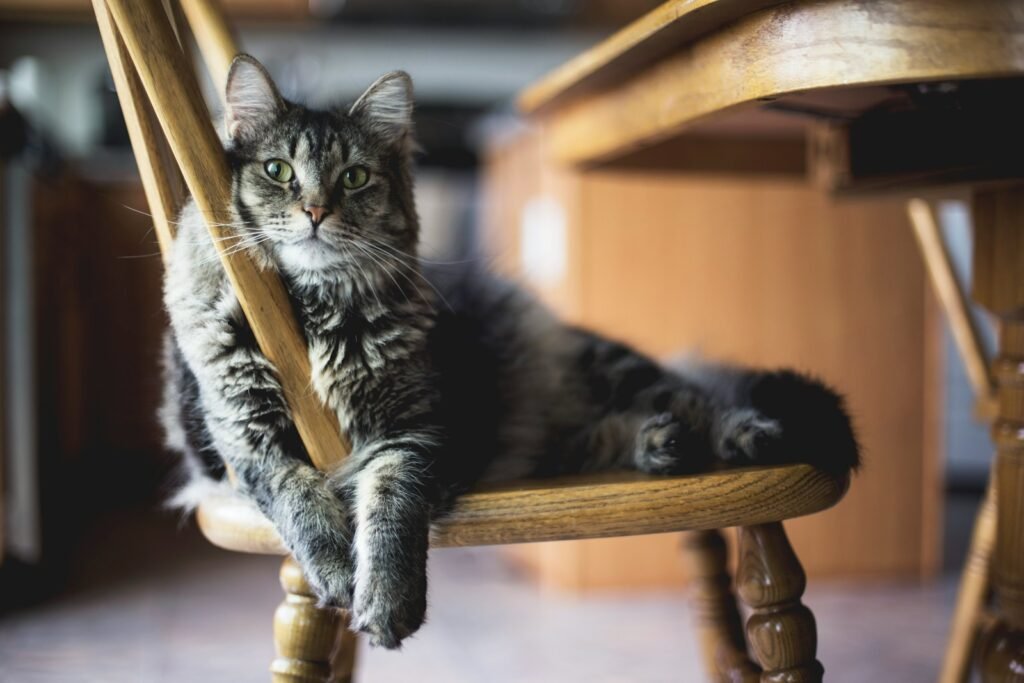
To reduce stress for your cat, it’s crucial to understand their natural behaviors and instincts. Cats are descended from solitary hunters and, as such, may require plenty of personal space and privacy. They are also territorial by nature, which means that any disruption to their environment can be unsettling. By recognizing these behavioral traits, you can create a more accommodating home for your feline friend.
Provide Safe Spaces

Cats need safe, secluded spaces where they can retreat when feeling overwhelmed. Consider providing cozy nooks or cat trees with high perches, giving them a sense of security. Enclosed beds or hideaways can also serve as perfect retreats when they need to escape from noise or other disturbances in the household.
Keep Consistent Routines

Much like humans, cats thrive on routine. Abrupt changes in their schedule can be a source of stress. Strive to feed them at the same times each day and maintain a regular schedule for cleaning their litter box and play sessions. A predictable routine provides a sense of stability and security.
Enrich Their Environment
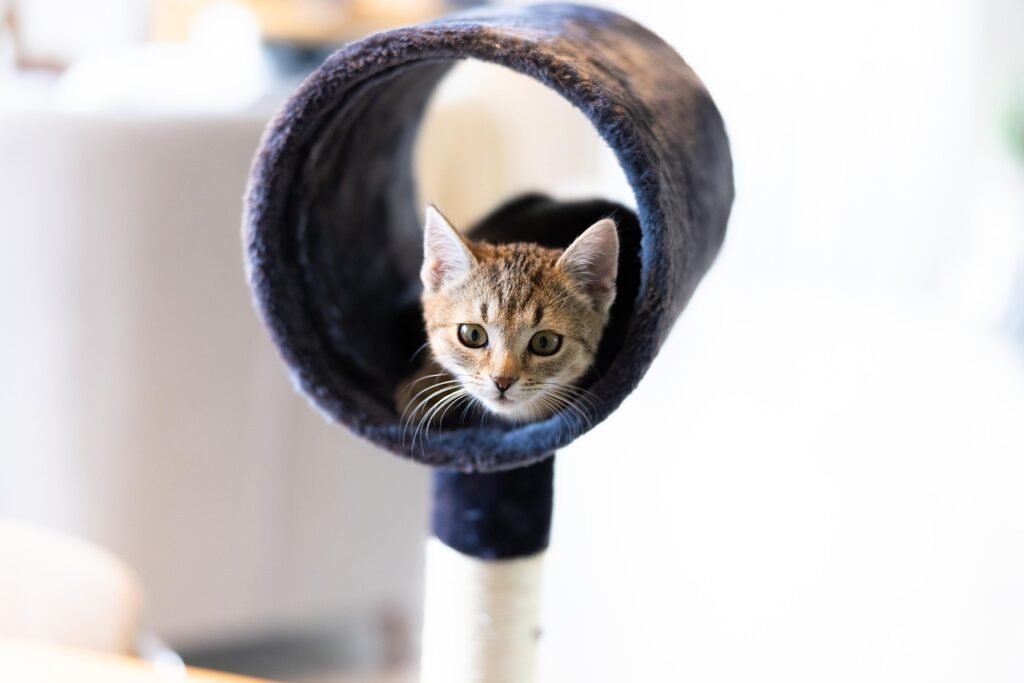
An enriched environment keeps your cat mentally and physically stimulated, reducing stress. Incorporate various toys, interactive puzzles, and scratching posts to cater to your cat’s playful and inquisitive nature. Rotate toys periodically to maintain their interest and provide new stimuli.
Manage Noise and Activity Levels
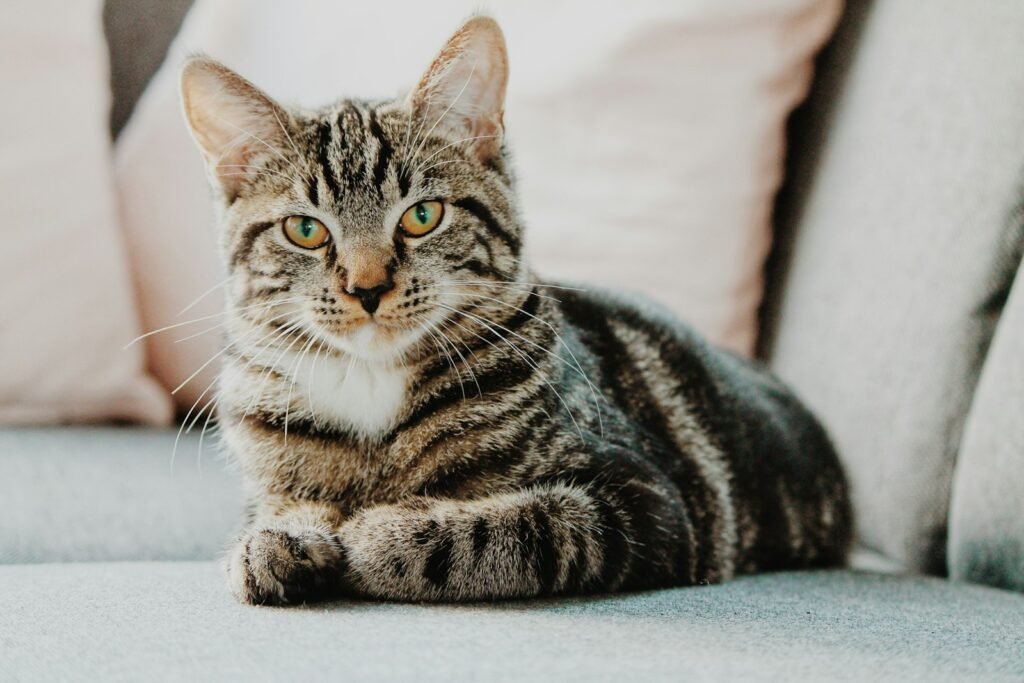
Excessive noise and constant activity can be stressful for cats. Try to create a tranquil atmosphere by minimizing loud sounds and chaotic environments. Providing white noise machines or calming music can help drown out sudden noises and create a more serene setting.
Maintain a Clean Litter Box
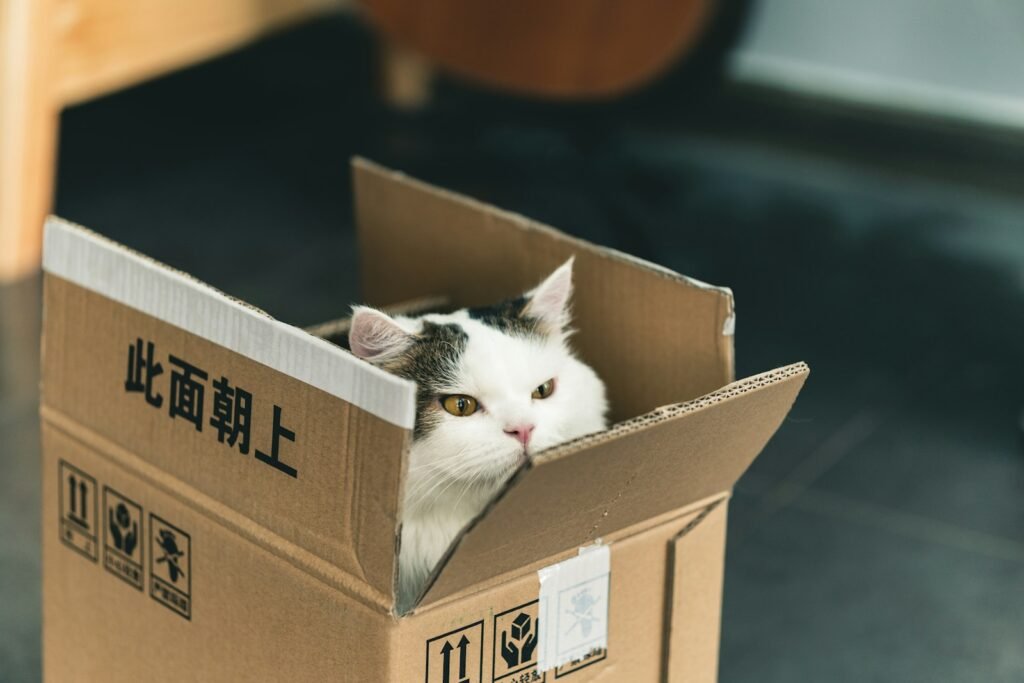
Cats are fastidious creatures, and a dirty litter box can be a major source of stress. Keep their litter box clean by scooping daily and changing the litter frequently. Ensure that the box is placed in a quiet, accessible location where they can feel comfortable using it.
Create Vertical Spaces
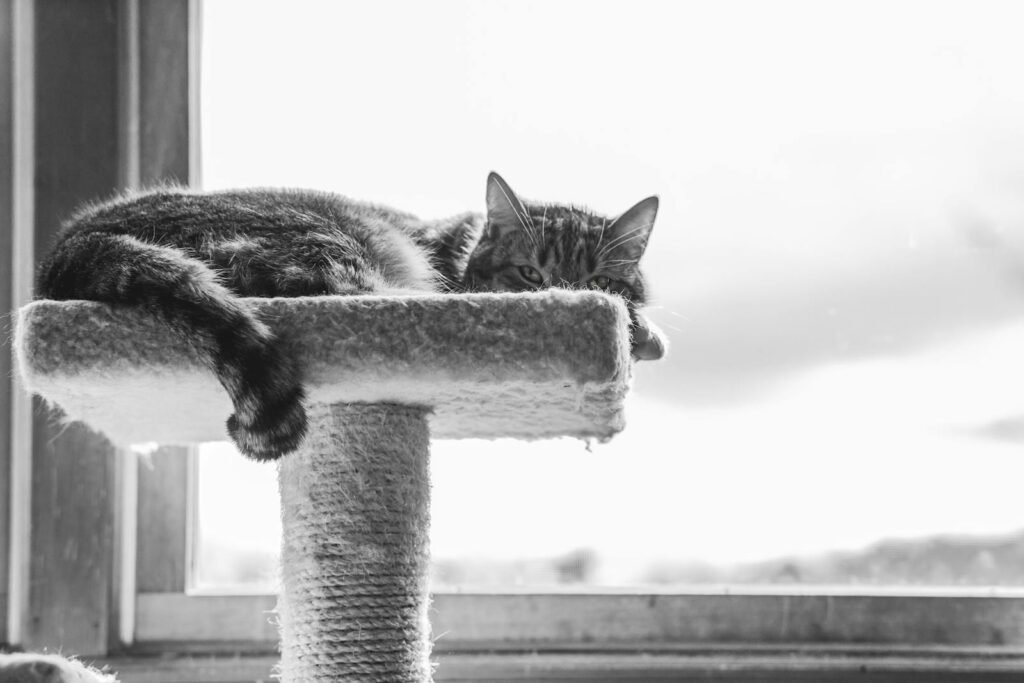
Cats love to climb and observe their surroundings from a vantage point. Incorporating vertical spaces like shelves or specially designed cat walls can satisfy their need to climb and explore. These spaces can also provide a sense of safety and control over their environment.
Recognize Signs of Stress
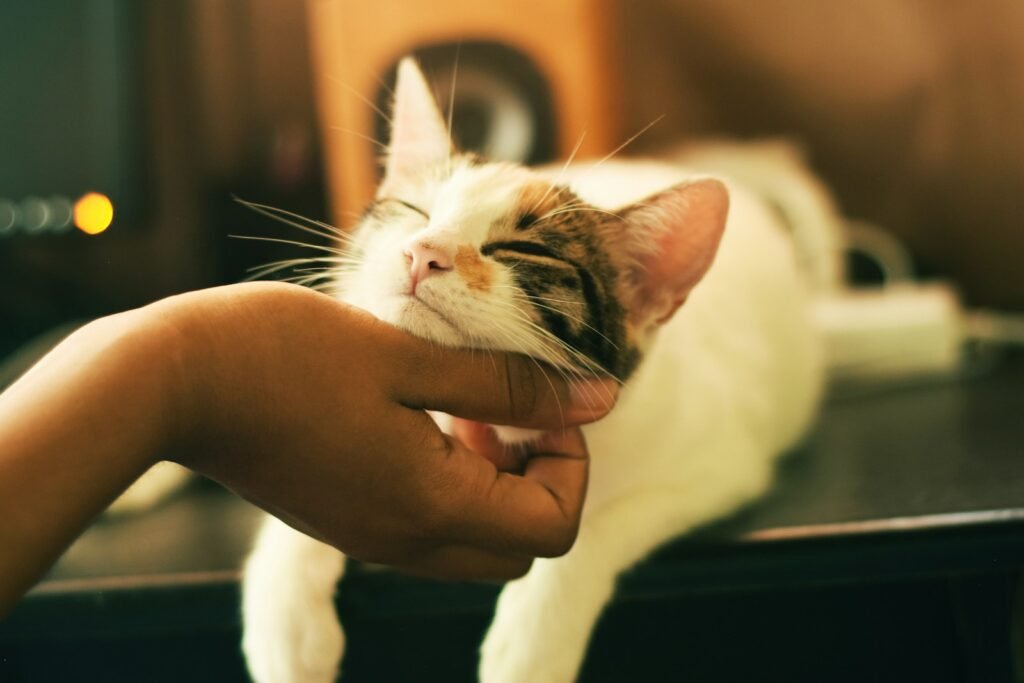
Being attuned to the signs of stress in your cat is essential for early intervention. Common indicators include excessive grooming, hiding, changes in appetite, and litter box issues. If you notice any of these signs, evaluate their environment and make necessary adjustments.
Encourage Bonding Time

Spending quality time with your cat strengthens your bond and provides them with emotional security. Engage in activities they enjoy, such as interactive play or gentle petting. Understanding their preferences will help reduce anxiety and reinforce trust.
Introduce Changes Gradually
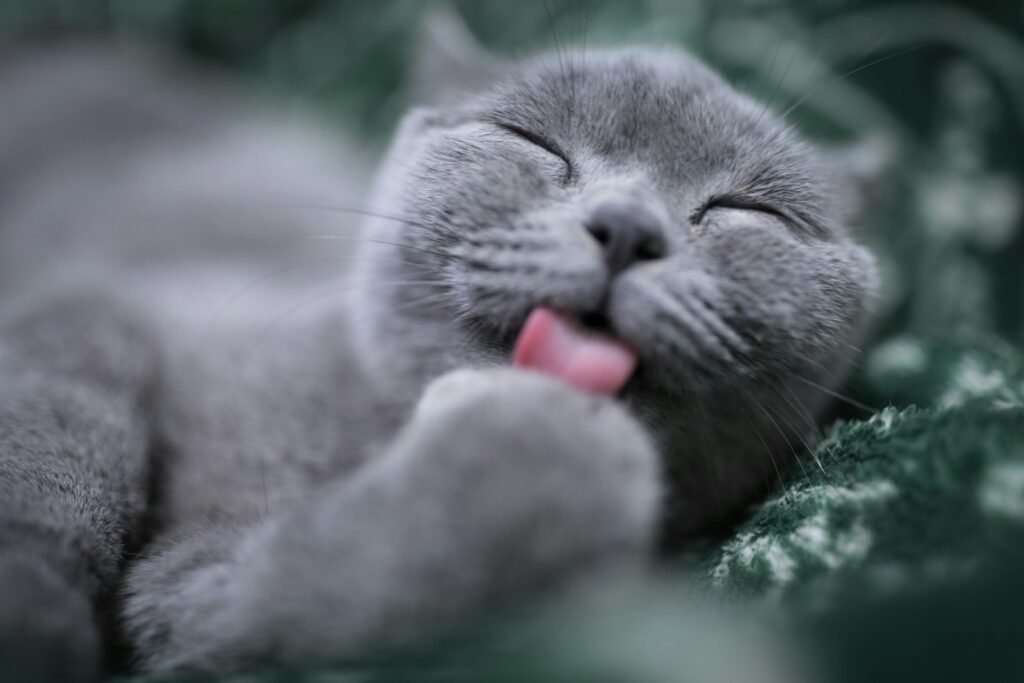
If changes in the home are necessary, such as moving furniture or bringing in new pets, introduce them slowly. Gradual changes allow your cat to acclimate and reduce the likelihood of stress. Introducing new experiences slowly can help them adjust more smoothly.
Use Calming Aids
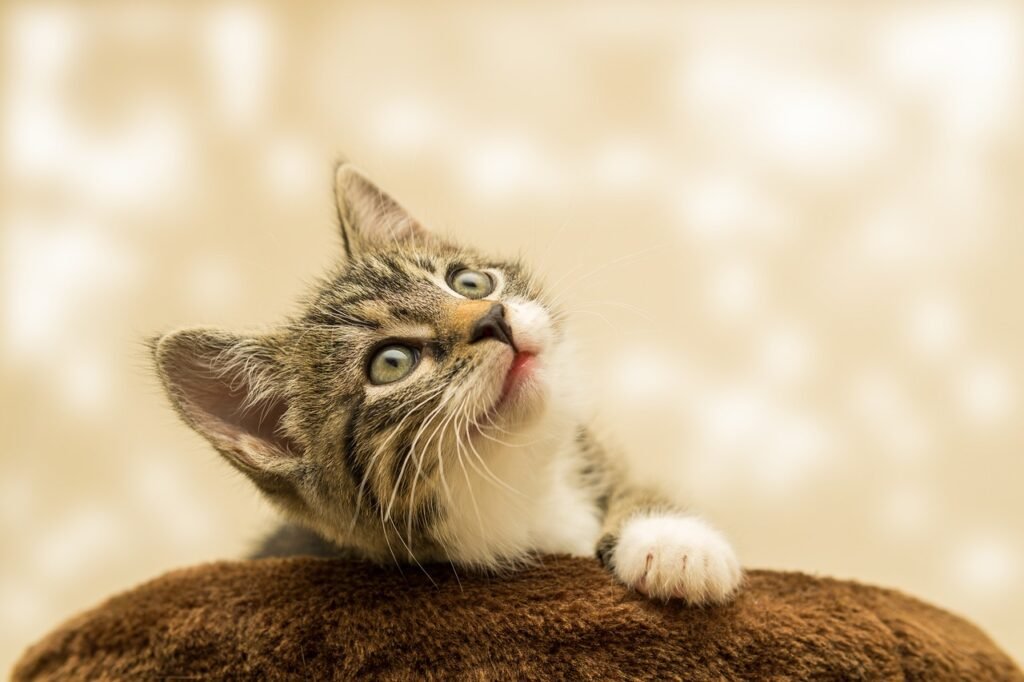
If your cat struggles with anxiety despite environmental adjustments, calming aids such as pheromone diffusers or supplements may help. Consult with a veterinarian to explore these options, ensuring they are safe and suitable for your pet.
Provide Plenty of Play
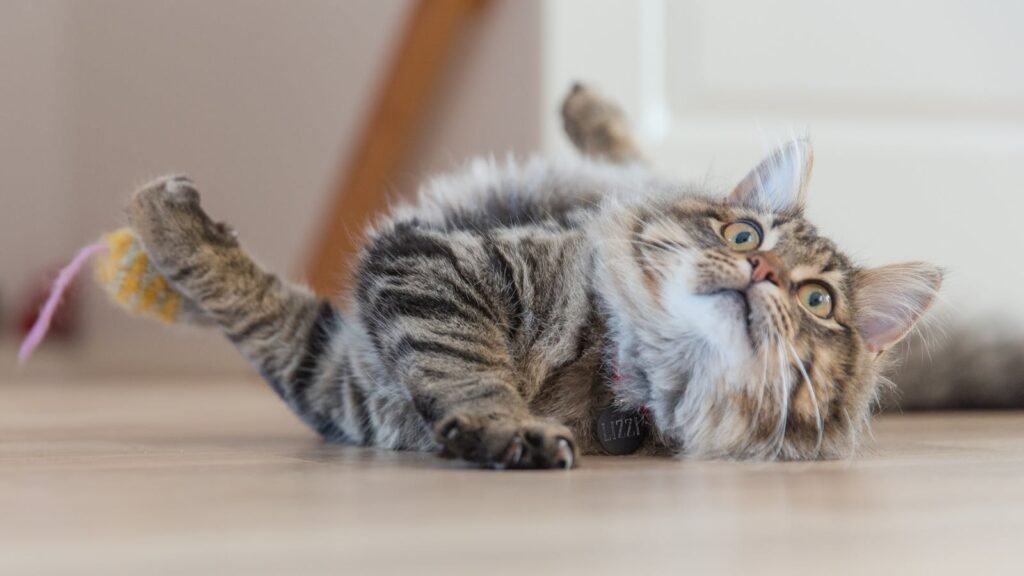
Regular playtime provides essential physical and mental stimulation. Schedule dedicated time each day to engage your cat with toys, ensuring they expel energy and stay active. Play also helps to alleviate boredom and prevent behavior issues.
Maintain a Healthy Diet
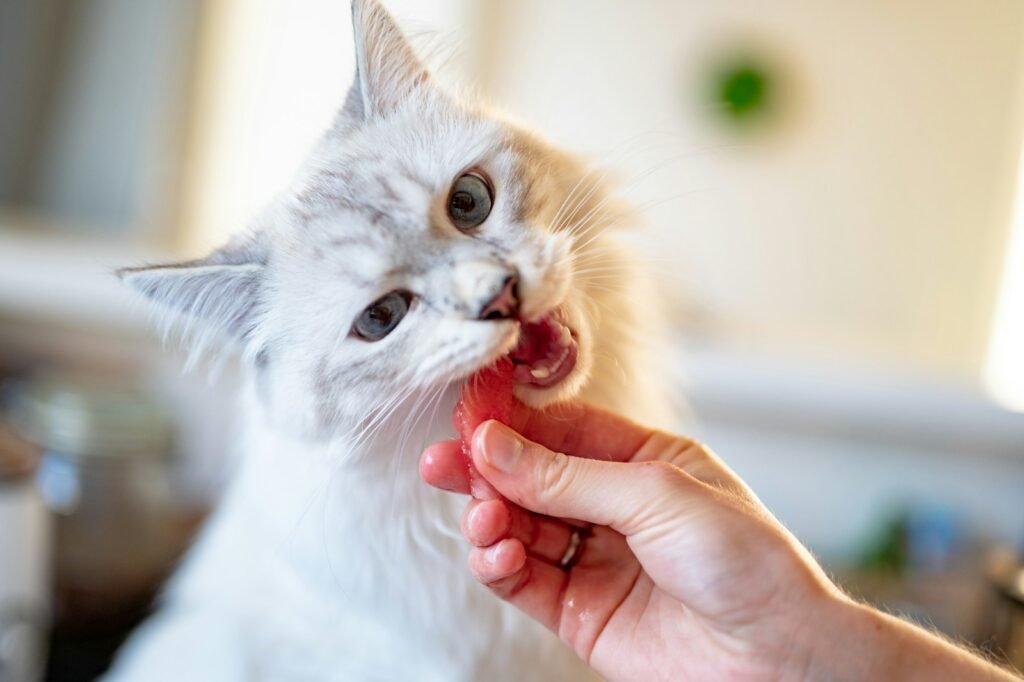
A balanced diet is crucial for your cat’s overall health and stress management. Ensure they are receiving high-quality food that meets their nutritional needs. A healthy diet contributes to a stronger immune system and promotes a sense of well-being.
Ensure Regular Veterinary Care
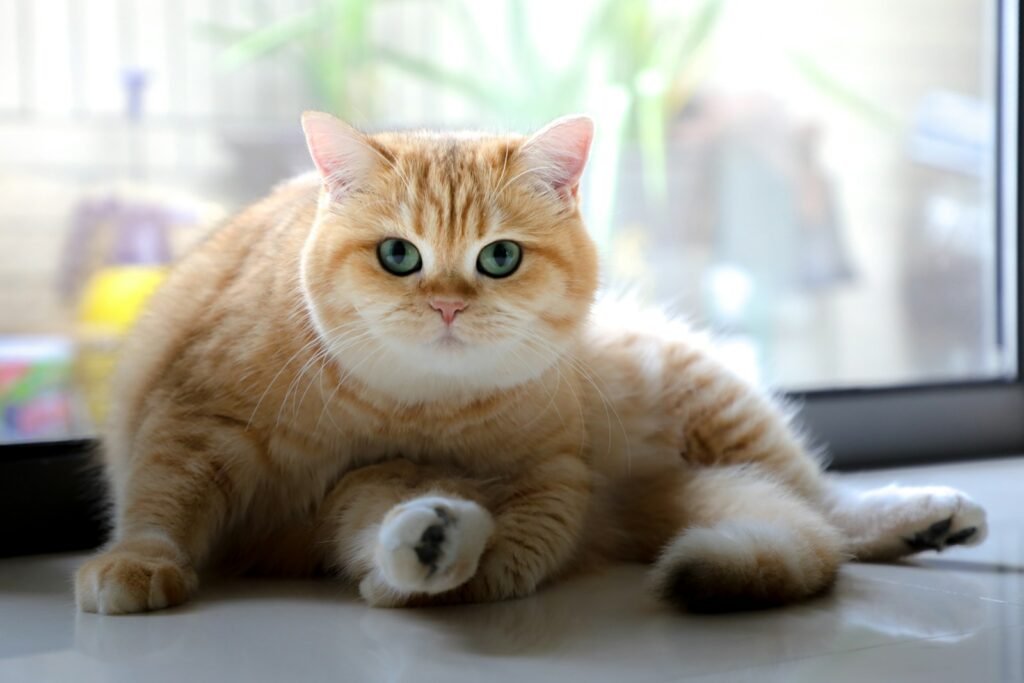
Regular health check-ups can prevent stress by minimizing the risk of illness and addressing any health concerns early. Keep up-to-date with vaccinations and veterinary visits to maintain optimal health for your feline companion.
Conclusion

Creating a stress-free environment for your cat is about understanding and catering to their unique needs as a species. By providing safe spaces, maintaining routines, and ensuring ample mental and physical stimulation, you can foster a calm and happy home for your feline friend. Remember, a stress-free cat is a joyful companion, enriching your life with their presence.
Hi, I’m Bola, a passionate writer and creative strategist with a knack for crafting compelling content that educates, inspires, and connects. Over the years, I’ve honed my skills across various writing fields, including content creation, copywriting, online course development, and video scriptwriting.
When I’m not at my desk, you’ll find me exploring new ideas, reading books, or brainstorming creative ways to solve challenges. I believe that words have the power to transform, and I’m here to help you leverage that power for success.
Thanks for stopping by, Keep coming to this website to checkout new articles form me. You’d always love it!





